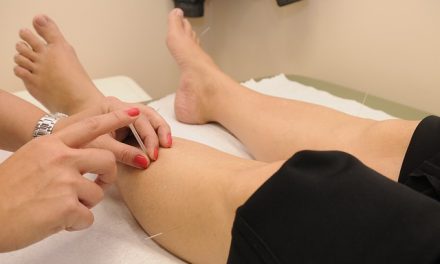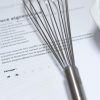Insulin from various manufacturers is often made available to patients in an emergency and may be different from a patient’s usual insulin. After a disaster, patients in the affected area may not have access to refrigeration.
According to the product labels from all three U.S. insulin manufacturers, it is recommended that insulin be stored in a refrigerator at approximately 36 to 46 degrees F. Unopened and stored in this manner, these products maintain potency until the expiration date on the package.
However, all of the available insulin products may be left unrefrigerated (between 59 and 86 degrees F) for up to 28 days and still maintain potency.
As a general rule, insulin loses its potency according to the temperature it is exposed to and length of that exposure. Under emergency conditions, you might still need to use insulin that has been stored above 86 degrees F. Such extreme temperatures may cause insulin to lose potency, which could result in loss of blood glucose control over time.
In any case, you should try to keep insulin as cool as possible. Try to keep insulin away from direct heat and out of direct sunlight, but if you are using ice, also avoid freezing the insulin.
When properly stored insulin again becomes available, the insulin vials that have been exposed to these extreme conditions should be discarded and replaced. If patients or healthcare providers have specific questions about the suitability of their insulin, they may call the respective manufacturer at the following numbers:
- Lilly: 1-800-545-5979
- Sanofi-Aventis: 1-800-633-1610
- Novo Nordisk: 1-800-727-6500
Insulin Switching
Switching insulin should always be done in consultation with a physician and requires close medical supervision. If this is not possible under emergency conditions, the following recommendations may be considered. Make sure to closely monitor your blood glucose and seek medical attention as soon as possible.
Short-acting and rapid-acting insulins
One brand of regular insulin (e.g. Humulin R, Novolin R) may be substituted for another brand of regular insulin and for rapid-acting insulins (e.g., Humalog, NovoLog), and vice versa, on a unit-per-unit basis.
Intermediate and long-acting insulins
One intermediate-acting insulin product (e.g., Humulin N, Novolin N, Lente insulin) may be substituted for another intermediate-acting insulin product on a unit-per-unit basis. Likewise, these insulins may also be substituted for long-acting insulins (such as Lantus and Ultralente) on a unit-per-unit basis, or vice versa. IMPORTANTLY, half of the NPH (or Lente) insulin dose should be given in the morning and half given in the evening.
Insulin mixes
Patients using pre-mixed insulin products (e.g., Humulin 70/30, Humalog Mix75/25, Novolin 70/30, NovoLog Mix 70/30) have two options to consider:
- One insulin mix product may be substituted for another on a unit-per-unit basis.
- If no other insulin mix is available, patients should first substitute an intermediate- or long-acting insulin on a unit-per-unit basis relative to the intermediate-acting component of the mix (e.g., in the examples above, approximately 3/4 of the total unit dose of the mix), always making sure that the total dose of NPH (or Lente) insulin is split between morning and evening doses.
- If regular or rapid-acting insulins are also available, they may be used before major meals along with the intermediate- or long-acting insulin (dosed as above) in doses equivalent to approximately ¼ of the total dose of pre-mixed insulin usually taken before that meal.
Insulin pumps
Patients using insulin pumps who must switch to injected insulin may substitute an intermediate or long-acting insulin for the 24-hour total basal dose of infused insulin on a unit-per-unit basis, always making sure that the total dose of NPH (or Lente) insulin is split between morning and evening doses.
If regular or rapid acting insulin is also available, patients should administer mealtime insulin according to their previous system for calculating their bolus insulin doses.








